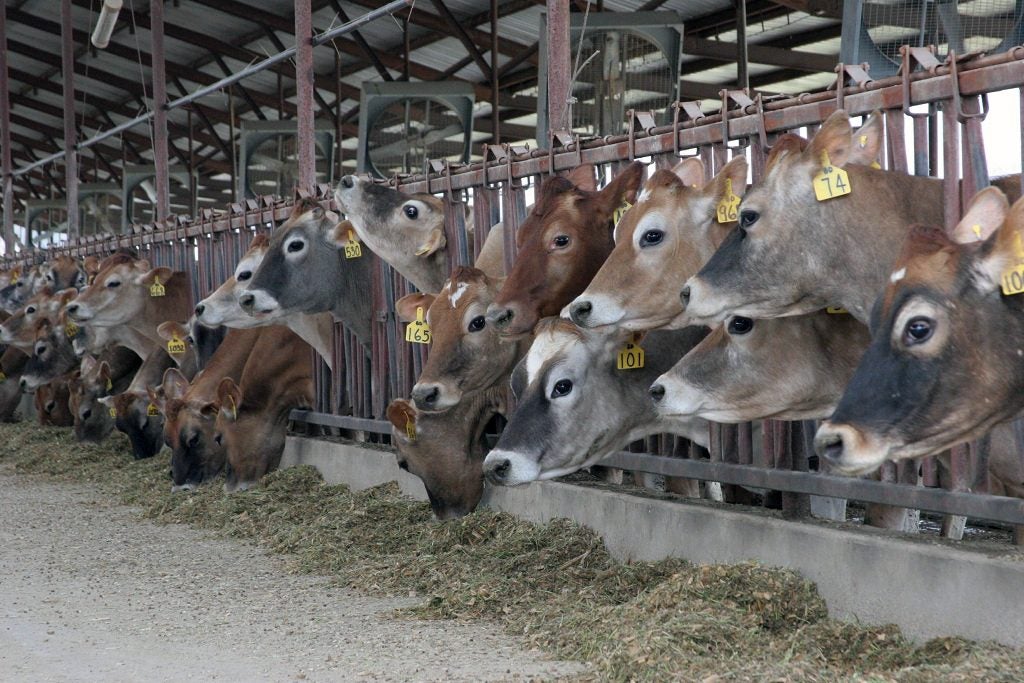It is a wild understatement to say it has been a hard year in agriculture. It has been a year of loss, heartbreak and stress. As a frontpage Washington Post article captured, “Farm bankruptcies and loan delinquencies are rising, calamitous weather events are ruining crops and profits are vanishing during Trump’s global trade disputes.”
I had to dig deep, but I was determined to find some silver linings.
As I sat with my pen, paper and thoughts, I found I had more and more to write. I was reminded that farmers have amazing grit and determination, which is why, despite the incredible challenges ahead, I remain firmly optimistic that we will find the ways to feed the world while sustaining the natural resources on which we all depend. Read More












